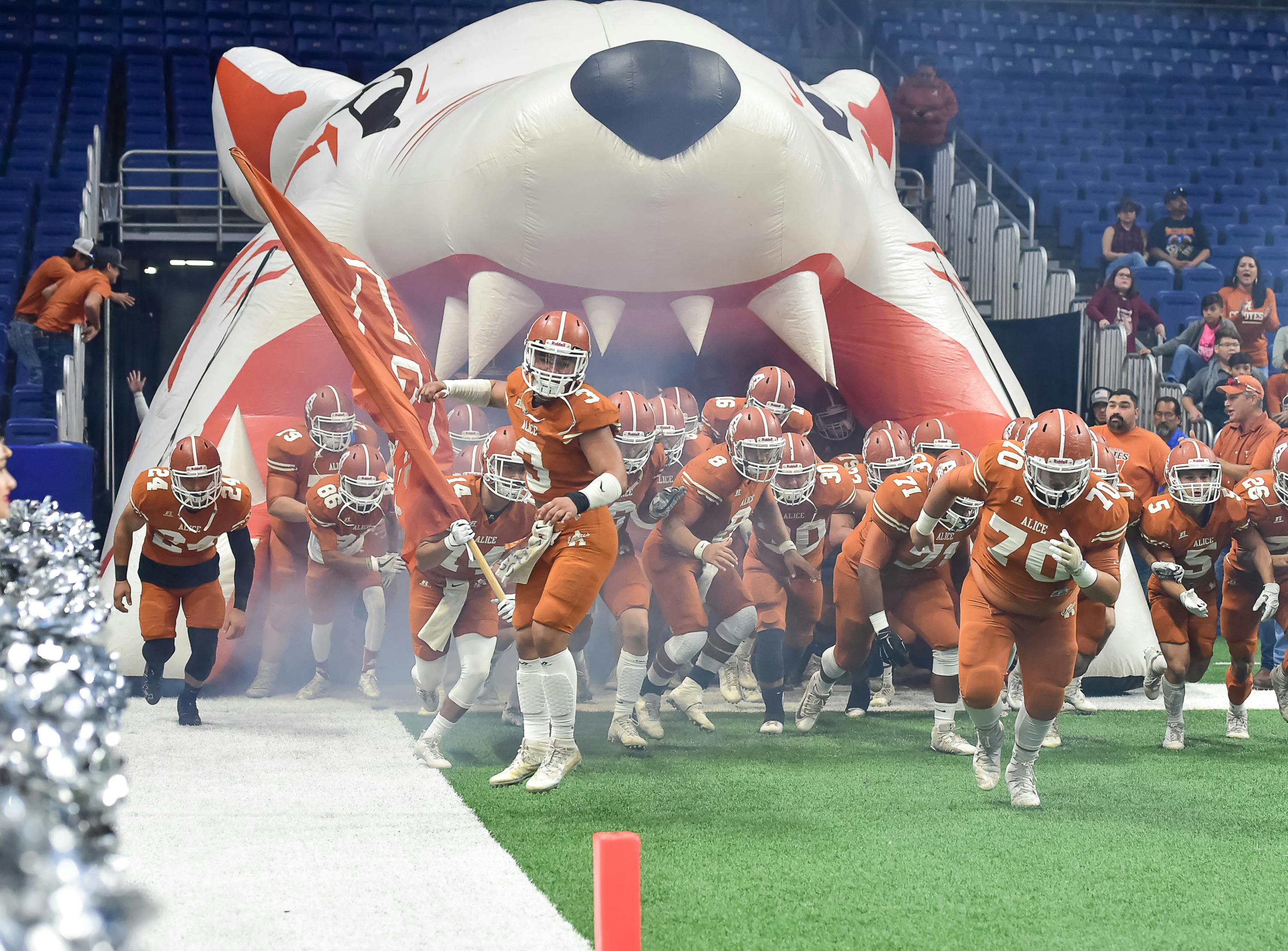The Untold Origins of America’s Most Iconic College Mascots

America has a tradition of college sports, full of enthusiasm, competition and tradition, but maybe nothing is as close to the heart of a school as its mascot. These oversized characters are not only a source of school spirit; they are symbols that unite generations of students and alumni. They are cheered by fans at games, but hardly anyone knows the strange and interesting history that made these characters come to life. Whether they are live animals or bizarre costumes, the history behind the creation of these mascots is as interesting as the colleges themselves.
The history of the American college mascot is rife with folklore, student-organized movements and, in some cases, pure happenstance. Not every mascot was created in a boardroom, like logos or branding campaigns; some mascots were created by accident: out of a joke, a protest, a school newspaper cartoon. These mascots have over time developed to be a key part of campus identity.
Tigers, Trees and Terrapins: Origins with a Twist
Mike the Tiger is one of the most famous mascots of college football. This tradition began in the 1930s when students raised money to purchase a live tiger, aiming to scare off their rivals and boost school spirit. Mike, I came to campus in 1936, and he soon became more than a mascot — he was a legend. The tradition has been carried on today by LSU in the form of Mike VII, who resides in a habitat adjacent to the stadium and is a key part of the university's culture.
At the other end of the scale is Stanford University, whose mascot is technically not the official one, the Tree. The official nickname of the school is the Cardinal, not the bird: it is the color. The band adopted the tree as their symbol in a satirical performance in the 1970s, when they had tried unsuccessfully on several occasions to define a new mascot. The Stanford Tree has been around since then, and in many cases, it has made headlines with its strange antics, and has at times been banned due to excessive stunts. Nevertheless, it has turned into one of the most famous and popular mascots in college sports.
Terrapin (Testudo) of Maryland dates to 1933. A diamondback terrapin was selected because it is local and is often seen as a symbol of perseverance and resilience. Students once kidnapped the original statue as a prank, and over the years, it has been a tradition to rub the nose of Testudo to get good luck during exams. The originally local animal allusion has become a statewide figure of pride.
Regional Pride and Cultural Symbols
Most mascots are not merely characters, but are based upon the local culture or history of their schools. Osceola and Renegade of Florida State University are strong icons of the Native American culture. The mascot was created with the input of the Seminole Tribe of Florida and approved and supported by them, ensuring accuracy and respect. The collaboration is a unique example of cooperation between a university and Indigenous groups in the symbolic representation of sports on campus.
The history of a mascot in other instances is more adaptation than representation. Syracuse University was once known as the Saltine Warriors, after a fictional Native American character. The school retired its mascot and replaced it with Otto the Orange in the 1980s, following criticism and a reconsideration of cultural sensitivity. An unusual mascot replacement became a fan and player favorite, proving that even the most unconventional mascots can become deeply ingrained in a school's culture.
Other universities are environmentally based. A similar deal was struck between the University of Oregon and Walt Disney himself in the 1940s, whereby the school agreed to create a lookalike of Disney character Donald Duck, called the Duck. Although the legality of that deal was later clarified, the playful nature and lively dance steps of the Duck have become an integral part of the Oregon identity.
A single question that can easily attract attention is relatively straightforward yet culturally important: what is the utah utes mascot? The University of Utah adopted the name Utes in recognition of the Ute tribe, the ancestral lands of which cover most of Utah. The school does not use a character or an animal to represent the nickname; instead, the school collaborates directly with the Ute Indian Tribe to commemorate their heritage. Although a minority of fans acknowledge the red-tailed hawk, Swoop, as the on-field costumed mascot, official policy is that of cultural respect and collaboration with the Ute people.
Hoaxes, Myths and Enduring Memories
In addition to the symbolic meaning, mascots are frequently central to campus legends and traditions. Bevo, the giant longhorn steer, has a history spanning over 100 years at the University of Texas. Bevo has foiled enemy plots and has on several occasions escaped his pen and once even charged the Baylor sideline. He is not only a mascot, but a myth.
Equally, the Georgia favorite bulldog, Uga, is handed down over generations of the same bloodline. Uga is a prince with his personal jersey and air-conditioned doghouse. Every retired Uga is entombed in a marble crypt near the stadium as a symbol of the burden the mascot bears in Bulldog Nation.
In other instances, mascots were produced to replace an existing gap or bring together a divided fanbase. Herbie Husker of the University of Nebraska was created during a transition period and has since become synonymous with promoting the state's farming heritage and work ethic. The healthy image of Herbie appeals to the youth and the older generation alike and bridges the gap between the new and the old.
More Than a Costume
Fundamentally, mascots are more than school spirit. They are narrators, custodians of history, and living representatives of society. These mascots, whether a live animal on the sidelines or a costumed performer inciting fans in the stadium, serve as a bridge between the past and present, adding color to any game.
Their histories are usually weird, humorous, or even scandalous, yet that is precisely what contributes to their being memorable. College mascots are one of the few things in the world where branding is ever-evolving, that have kept up with the changes in their schools and remained rooted in their origins. To numerous fans, the mascot is the most prominent and long-lasting link to the place where they used to live.


